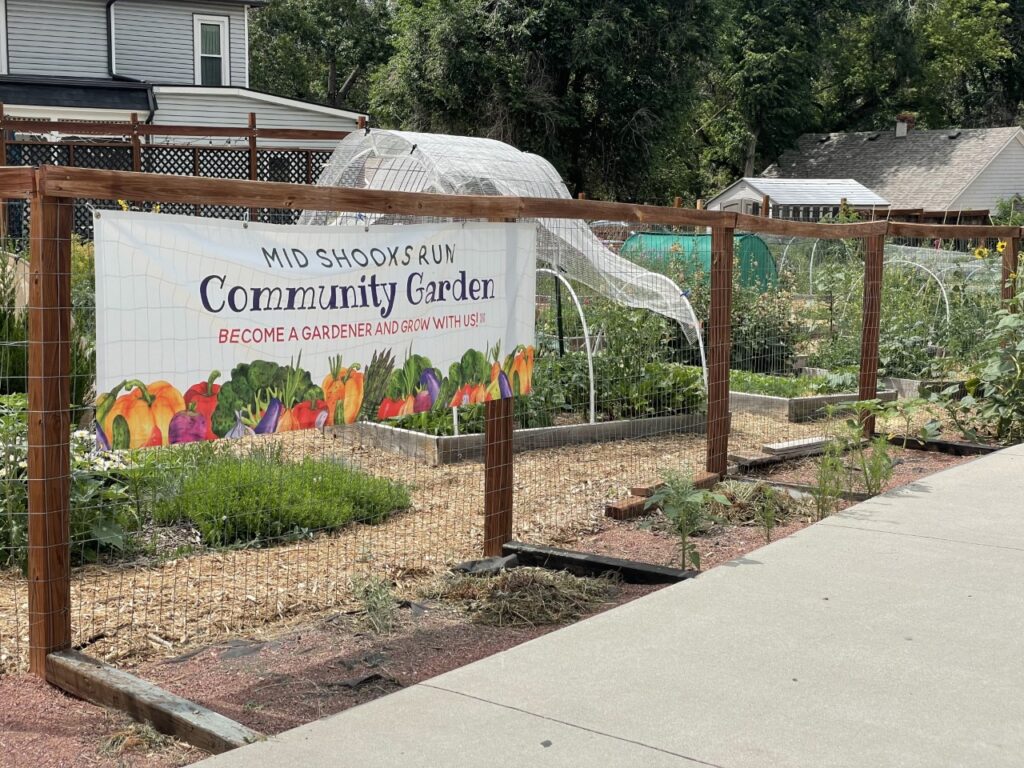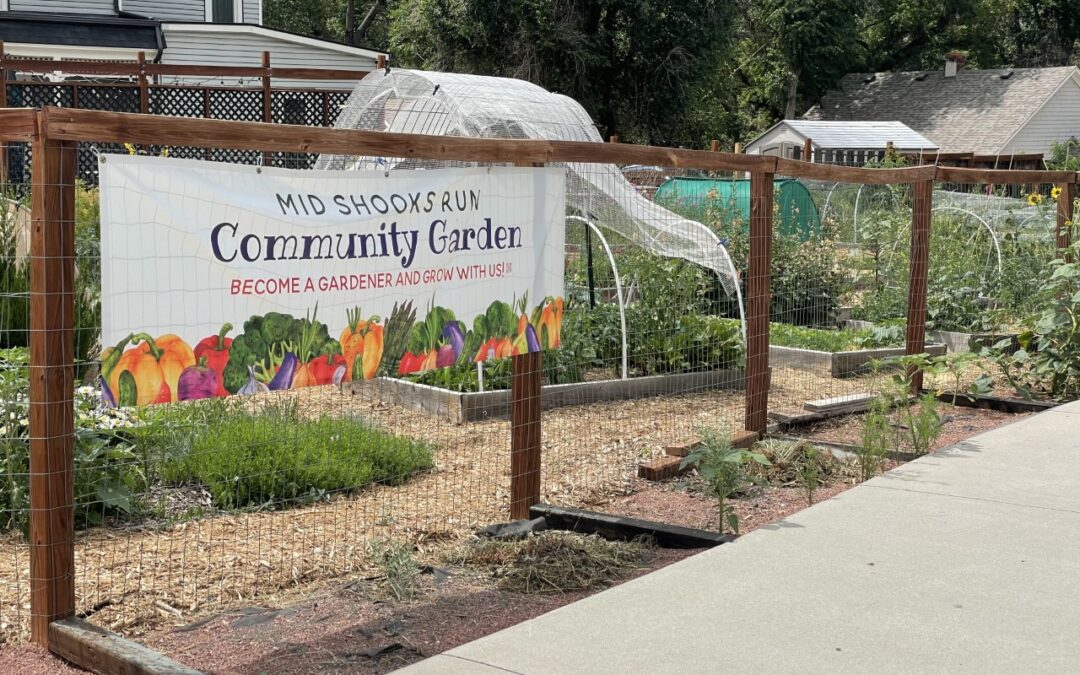My last blog post, A Call for Contemporary Victory Gardens, gave a very brief history of Victory Gardens. As you read, victory gardens were an effective tool in fighting off the food shortage crisis during World War II. Propagandized as an act of patriotism, they united families and communities in a common cause and gave civilians a sense of purpose. Today’s community garden fills a similar role in fighting current crises such as Global Warming, also referred to as Climate Change.
Community gardens promote biodiversity – essential for our survival. They provide a habitat where insects and microorganisms can thrive. The gardens turn compacted, nutrient-stripped soil into productive soil that support plant growth. The plants, in turn, attract pollinators like birds and bees. I can’t imagine a world without honey. However, that is what I think of when I hear of the alarming rate of the demise of the bee population. Pollinators do more than just give us honey – they also play a crucial role in cross-pollinating nearly a third of the world’s food crops. We need this cross-pollination because we need access to local food staples including apples, blueberries, and almonds (See Why is Biodiversity Important?).
Forgotten Plant Benefits
Carbon sequestration is another ecological benefit that plants provide. During the photosynthesis process, plants remove carbon dioxide (a major pollutant) from the atmosphere. As a by-product, they also produce oxygen.
The math is simple; More plants equal More carbon sequestration.
More plants also equate to more shade. We think of tree canopies first when we think of shade. But, the lower plants also aid in absorbing solar heat. This absorption is very effective in urban environments where heat islands are prevalent due to the prolific use of nonporous materials.
Prevalence of impervious materials, such as asphalt, lead to polluted water from our streets and lawns being directed into our streams and waterways. It’s far better to have stormwater absorbed into the earth. Community gardens aid in this, in particular when they replace abandoned commercial parking lots.
Want to reduce your carbon footprint? Try walking to your local community garden to get your produce for the week. This replaces the negative environmental and health impacts caused by our dependence on the automobile. Your grocery store produce has already traveled an average of 1,500 miles (See Food Miles Background and Marketing).
Are you frustrated that you don’t have a local community garden to reap all of the ecological benefits?
New York City has set forth a great example for our local governments. They have established the GreenThumb Program, a City-supported program where the Parks Department promotes the creation of new community gardens. This effort also ensures the success of existing gardens financially. This is huge because most community gardens are supported by non-profits depending on volunteers. It’s amazing how much can be accomplished this way. If we want an even bigger impact, changes to policy must reflect that.


